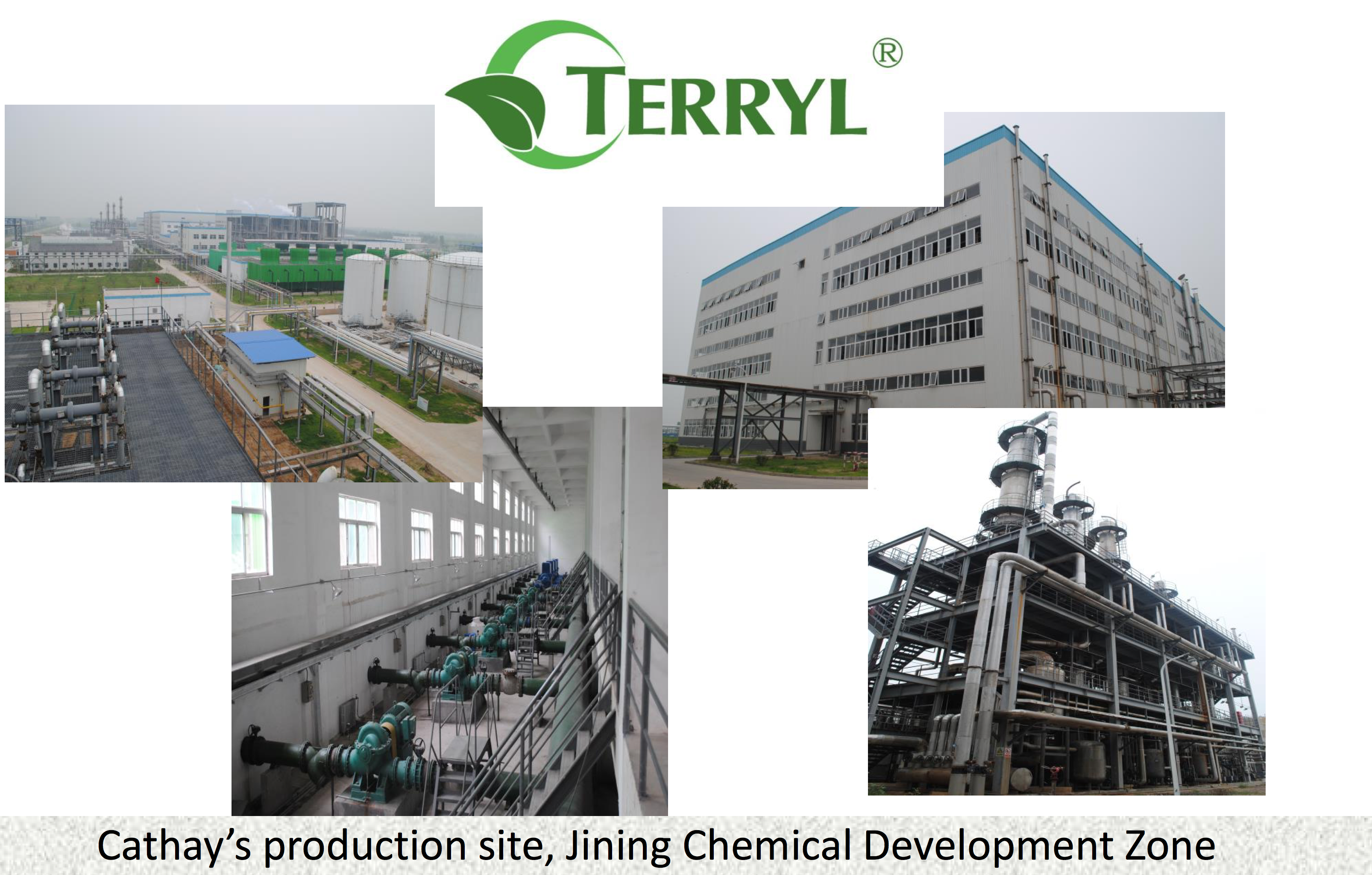I have finally finished this month’s Bio-Materials newsletter for Tecnon OrbiChem and we have a very comprehensive 8-page Chemical Profile this month featuring 1,5 pentanediamine and polyamides 5,6, which was written by my boss (and chairman of Tecnon OrbiChem), Charles Fryer. He’s the global guru of the polyamides/nylon markets and knows the industry and technology inside and out for both bio- and petro-based materials.
1,5 Pentanediamine is a monomer that has the potential to substitute hexamethylenediamine (HMD), a key precursor for the production of nylon 66. The 5-carbon diamine has not been commercially available with viable economics until now. Other potential applications include polyamide 5,6; specialty polyamides (PA5,x); pentamethylene diisocyanate; and other C5 chemical derivatives.
Cathay Industrial Biotech Ltd. is actually one of the very few in the world who have developed the renewable-based C5 diamine (branded as DN-5 by the company) and it is now producing the glucose-based monomer at its facility in Jinxiang, China. The company recently announced a $135 million financing from Shanxi Lu’an Mining (Group) Co. Ltd., which will be used for additional capacity at Cathay’s Jinxiang facility as well as to build a new production site. The expansion will include the company’s long chain dibasic acids (LCDA), DN-5, and downstream bio-polyamide business.
The LCDA expansion will be completed by 2Q 2016 to meet the current global demand, while the expansion of DN-5 and bio-polyamides based on DN-5 will come online in late 2016.
 We have reported some capacity numbers as well as other current producers of 1,5 pentanediamine and bio-polyamides using this monomer in the Bio-Materials newsletter (yes, this means those who are interested should really, really subscribe because you are missing out. You can also help a girl retain her job wink).
We have reported some capacity numbers as well as other current producers of 1,5 pentanediamine and bio-polyamides using this monomer in the Bio-Materials newsletter (yes, this means those who are interested should really, really subscribe because you are missing out. You can also help a girl retain her job wink).
Cathay began production of C11 through C18 LCDA in 2003, and renewable dodecanedioic acid in 2008. Cathay claimed its DN-5 production facility is the first of its kind large scale commercialization in the world. DN-5 is a renewable diamine that can be largely used in polyamide and diisocyanate coatings markets.
Cathay will also produce renewable polyamides using DN-5, their LCDA and other monomers for the engineering polymers and textile segments under the trademark Terryl and Ecopent. The company expects to invest around Rmb20 billion over the next few years.
I will be posting one more article before I disappear to celebrate Christmas, but for those who are already on holiday mode, enjoy the festivities!





2 responses to “Cathay to expand bio-monomers and bio-polyamides capacity”
Hi Doris, could you send me the link to the Newsletter you mention in your article? I shall be interested in subscription.
Would it have any understanding on LCDA situation as well?
Thanks,
Gaurav
Hi Gaurav,
Here is the link to the Tecnon OrbiChem Bio-Materials newsletter subscription: http://www.orbichem.com/Chemical_Business_Focus.aspx?ReportID=363&ProductID=167&DontShow=1
I have reported some of the LCDA situation in various months under the polyamides section of the report.
Best Regards,
Doris